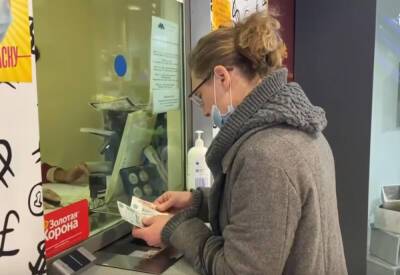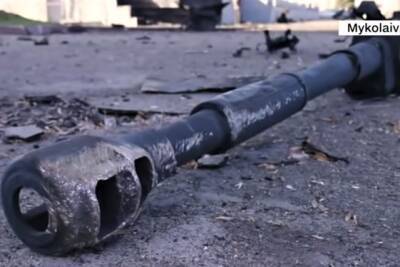Salisbury train crash: clearance of leaves delayed by engineering work
Engineering work delayed the cleaning of rails in Salisbury last October, less than two hours before a passenger train skidded on leaves stuck to the line and crashed, injuring 14, investigators have found.
The routine autumn cleaning work had been rescheduled from 5pm to 11pm the same evening but at 6.43pm a South Western Railway train was unable to stop on the slippery tracks and collided with a Great Western Railway service outside a tunnel near Salisbury, Wiltshire.
The collision was the worst between two moving passenger trains in the UK in 20 years, and left 13 passengers hurt and the South Western train driver with life-changing injuries.
The Rail Accident Investigation Branch (RAIB) found the planned deployment of a rail head treatment train (RHHT) to tackle leaves on the line was delayed because of nearby engineering work. The track had been cleaned by a RHTT about 32 hours earlier.
Network Rail’s RHTTs use water jets or a sand-based gel to clean off the leaves, which can compress to form a slippery film on the rails and pose a danger to trains.
Accident inspectors found many areas around the crash site “had a medium or heavy level of contamination”, with black deposits on rails formed by crushed leaves, which were also wet from rain on the day of the crash. Strong winds and heavy rain were also likely factors, they found.
In an interim report, the RAIB said that the South Western train was travelling at 86mph, within the speed limit, as it approached a stop signal near the tunnel but when the driver tried to brake, its wheels began to slide almost immediately. It slid for almost 200 metres before hitting the side of the other train at a junction.
Inspectors said there was no problem with the signalling system, which
Read more on theguardian.com





















